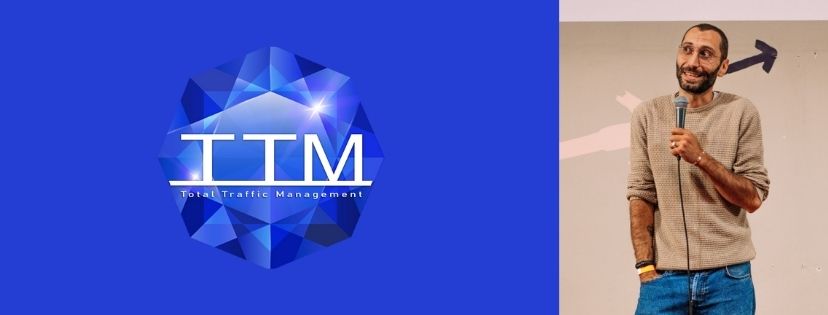We spoke with four cohorts from this year’s X-Europe smart cities accelerator program to find out more about how tech can be used to tackle both new and old security threats.
Faster response times to violent crime
Finding new ways to tackle violent crime is one of the biggest issues on every government and municipalities’ agenda. Having formerly developed solutions for the military, Joe Levy, CEO of 1702ai explained what the problem is: 1702ai detects guns indoors and outdoors using ready installed security cameras. Once a weapon is detected, an alert is sent to the alarm center of the city where a dispatcher can validate the alert. The authorities can then be deployed instantly. The interesting thing is that their system is continuously learning over time, so if it’s a false alarm the AI will learn not to reproduce that alert. The team is also working on knife detection and pose estimation to detect attack movements. “In 2019, the UK had roughly 46,000 knife attacks,” Levy said. But, in his opinion, the biggest challenge for AI and security in smart cities is misinformation about how these systems work in the context of data privacy. While for now 1702ai is focused on the European market, they do have plans to roll out to the US. But as Levy said, “The challenge in the US is that some states allow you to carry a gun, so we can’t deploy systems in those states.” It will be interesting to see how this technology could shift the dialogue on gun control in this deeply divided country.
Detecting unpredictable safety hazards
The problem with safety and security is that potential threats are often unpredictable and it’s precisely this element of surprise that makes us slow to respond. One young startup called DeepNeuronic is developing an analytics framework powered by machine learning algorithms to detect threatening and abnormal activities in real-time. The idea came from CTO Bruno Degardin’s master’s thesis which showed promising results in autonomously detecting abnormal events such as fires, people fainting, traffic incidents, and more. The team’s first application came when developing a platform called CovidSight that could detect if people were wearing masks, keeping social distance, and even give an estimate of their temperature using a thermographic camera. Now they’re looking to apply their technology to wider public and private use cases, such as security in shopping centers. However, as Degardin explained, with wider and more sophisticated applications of AI also come environmental consequences. Deep Neuronic is contributing to this by using low power devices that optimize computations and continuing to research new ways they can lower emissions.
The biggest threat to safety might not be what you think…
Indeed, when we think of safety and security, we don’t often think about the environment. But, according to the World Health Oorganization, around 7 million people die every year from diseases caused or exacerbated by exposure to fine particles in polluted air. According to Robert Heinecke, CEO of Breeze Technologies: Heinecke and his team have developedair quality sensors for outdoor urban settings and industrial sites, as well as indoor office spaces. Using their technology, cities and companies can access accurate data and analytics, helping them to monitor, manage, and improve air quality. “Smart and sustainable cities will leverage sensors to collect comprehensive real-time data about current air quality levels, inform their citizens, and in turn also use this data for better clean air action planning,” Heinecke said. Check out our write up on Breeze Technologies to learn more.
Total Traffic Management
One of the biggest concerns with the rise of autonomous vehicles and drones is safety. Can we really trust machines behind the wheel? As a matter of fact, having humans behind the wheel is a much bigger safety threat to our streets. “Even during this short conversation, around the world more than 15-20 car accidents will happen and several people will die due to speeding. It’s a very old problem from the time when cars first appeared in cities. There are a lot of ways governments try to deal with speeding but it’s still unsolved,” said Vakhtang Iashvili, CEO of Total Traffic Management, in an interview. His team has created an electronic device — Intelligent Speed Assistance (ISA), that regulates vehicles according to speed limits on a particular road section. This means vehicles equipped with this device will prevent drivers from breaching the speed limit. At the moment, the city of Tbilisi is undergoing a pilot run of their technology on public transport. And it’s not just about speeding. More and more cities are introducing initiatives to reduce pollution and traffic by allowing certain vehicles to drive on certain days. But ensuring drivers actually comply is another question. Using Total Traffic Management’s solution, this could be fully automotized. Most public transport is equipped with GPS tracking, and the fleet manager is updated with live driving data. But managers only receive a notification after the violation happens. That’s why we are offering an extension device for the GPS tracking industry to automatically prevent driving violations in advance. Aside from government, the technology also has a number of other potential use cases. Car rental companies could use it to mitigate risks when renting to new drivers. Iashvili explained that there are also possibilities for commercial fleets including taxis, Uber, Bolt, and Lyft services. These are just a few of the exciting new technologies coming out of X-Europe’s startup accelerator program. Whether you’re a founder in this space looking to grow your business, or an investor scouting new opportunities, check out their website.



